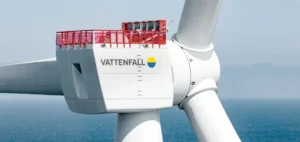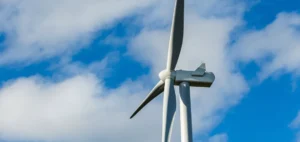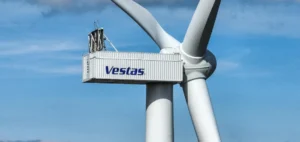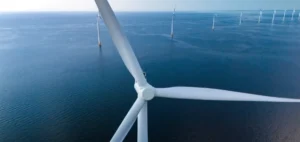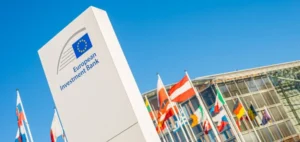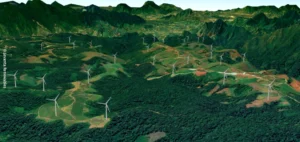The global wind turbine market underwent a major shift in 2024 with the rise of Chinese manufacturers. For the first time, the top three positions in the global ranking were occupied by Chinese companies, confirming the country’s growing influence in the sector. Goldwind maintained its leading position for the third consecutive year with 20 gigawatts (GW) installed, marking an increase of over 20% year-on-year.
A growing domestic market
The expansion of Chinese manufacturers is largely driven by the growth of the domestic market, which reached a record level of over 80 GW in 2024, accounting for more than 60% of the globally connected capacity. This increase of nearly 12% compared to the previous year has strengthened the competitiveness of local companies and solidified their leadership in global markets. Envision and MingYang, which complete the global podium, have benefited from this momentum with significantly increasing installation volumes.
Decline in installations outside China
Conversely, wind turbine installations outside China declined by 9% in 2024, marking a challenging year for Western manufacturers. Vestas maintained its position as the leading non-Chinese manufacturer with more than 10 GW connected. Siemens Gamesa and Nordex followed, but the entire sector faced a challenging environment characterised by regulatory uncertainties and project commissioning delays.
Margin pressures and strategic adjustments
Despite record installation levels, Chinese manufacturers saw their profitability impacted by increased competition and component oversupply. To counter this pressure, they adjusted their pricing strategies, leading to a price recovery in the last quarter of 2024. Meanwhile, Western manufacturers refocused their strategies by concentrating production on core markets, optimising supply chains, and divesting non-strategic activities.
Evolution of the offshore wind segment
In the offshore wind sector, Siemens Gamesa maintained its dominant position despite a slowdown in new connections. Global grid-connected offshore wind capacity declined in 2024 due to accumulated delays and inconsistent policies that hindered new projects. At the same time, the transition to next-generation turbines led to an 18% increase in the global weighted average turbine capacity.











